ADB optimistic about Vietnam economic outlook 2018
VNF - Driven by rising foreign direct investment, vigorous export growth, strengthening agriculture, and robust domestic demand, Vietnam’s GDP growth is expected to accelerate from 6.8% last year to 7.1% this year.
In the ADB's Asian Development Outlook (ADO) 2018, which was announced by ADB on April 11 in Hanoi, Vietnam is set to continue its strong economic performance, with GDP growth forecast to rise to 7.1% this year, before easing back to 6.8% in 2019.
| |
Vietnam is set to continue its strong economic performance, with GDP growth forecast to rise to 7.1% this year, before easing back to 6.8% in 2019.Photo: Ngoc Tran
Economic performance
According to Mr. Aaron Batten, Senior Country Economist, Asian Development Bank, growth is underpinned by vigorous export expansion, rising domestic consumption, strong investment fueled by FDI, and strengthening agriculture.
A rebound in global trade, especially in electronics, helped merchandise exports rise by a whopping 21.2%, measured in dollar value. Another boost to aggregate demand came from the 9.8% growth in domestic investment lifted by high foreign direct investment (FDI) and rapid credit growth.
Registered FDI surged by 47.0% in 2017 to reach nearly USD 36 billion, while disbursed FDI jumped by 10.8% to a record USD17.5 billion.
As the consumer confidence index rose to a record high of 117, private consumption increased by 7.4%, more than offsetting slight moderation in public consumption caused by continued fiscal consolidation. Reflecting buoyant private consumption, retail sales grew by 10.9% in 2017 to a record USD129.6 billion, equal to 58.6% of GDP.
Robust private consumption is expected to be supported by rising incomes and stable inflation. Prospects for private investment are bright. Private investment is projected to benefit from Vietnam having risen by 14 places in the World Bank’s Doing Business rankings for 2018. The number of newly established enterprises hit a record high of 126,859 in 2017, up by 15.2% from 2016. The government target is for an additional 135,000 new enterprises in 2018.
By sector, industry and construction increased by 8.0% as the rebound in aggregate demand helped the sector shrug off a 7.1% contraction in mining to improve upon its 7.6% rise a year earlier. Within industry, manufacturing rose by 14.4%, led by strong export-oriented manufacturing, especially of electronics, telecommunication products, and textiles. These impressive performances more than offset mild moderation in construction growth from 10.0% in 2016 to 8.7% last year, caused largely by banks tightening standards for credit to real estate.
Coupled with strong domestic demand and a record 29.1% rise in international tourist arrivals, services posted 7.4% growth, up from 7.0% in 2016. Thanks to better weather and strong export demand, output from agriculture, forestry, and fisheries grew by 2.9% last year, more than twice the pace in 2016.
Policy challenge – closing the skills gap
Mr. Aaron Batten, Senior Country Economist, Asian Development Bank, said closing the skill gap is key to attracting both domestic and foreign investment and sustaining growth. Photo: Ngoc Tran
Viet Nam has an abundance of efficient labor working for relatively low wages. This attracts large FDI inflows especially for labor-intensive export-oriented manufacturing. Since 2012, manufacturing has absorbed on average 400,000 workers per year.
However, a skills gap is emerging as an obstacle to FDI absorption and to business more generally. In its Global Competitiveness Report 2017–2018, the World Economic Forum cited an “inadequately educated workforce” as the second-biggest constraint on doing business in Viet Nam (Figure 3.31.11). Similarly, a World Bank survey of employers found that filling vacancies for jobs that require higher skills was a major challenge for most firms, with 70%–80% of managerial and technical applicants reported as being underqualified.
To address these skills gaps, Viet Nam needs to prioritize three sets of initiatives toward strengthening its universities and its technical and vocational education and training (TVET) system: expanding access, improving quality, and streamlining governance.
In general, ADO said economic outlook is bright. Against a challenging global backdrop, growth will accelerate in 2018, with a modest softening in 2019. Closing the country’s widening skills gap is key to attracting both domestic and foreign investment and sustaining growth./.
Ngoc Tran
Recommended
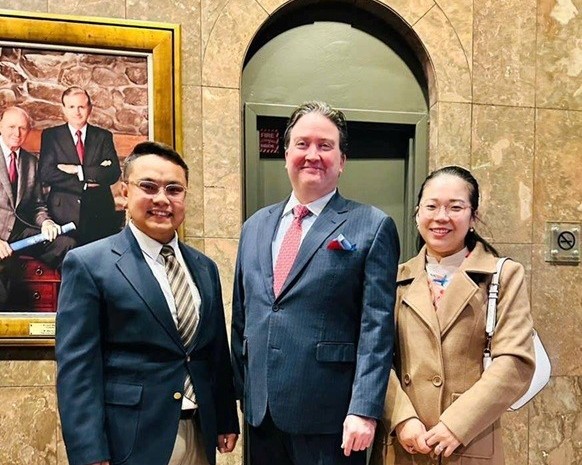 Economy
Economy
Greenfield & Associates, LLP - Professional partners in tax and financial accounting for Vietnamese businesses in the U.S. market
 Economy
Economy
Roots of Enlightenment: India’s Timeless Buddhist Journey
 Economy
Economy
India's Connect with Global South: A Bridge of Shared Heritage
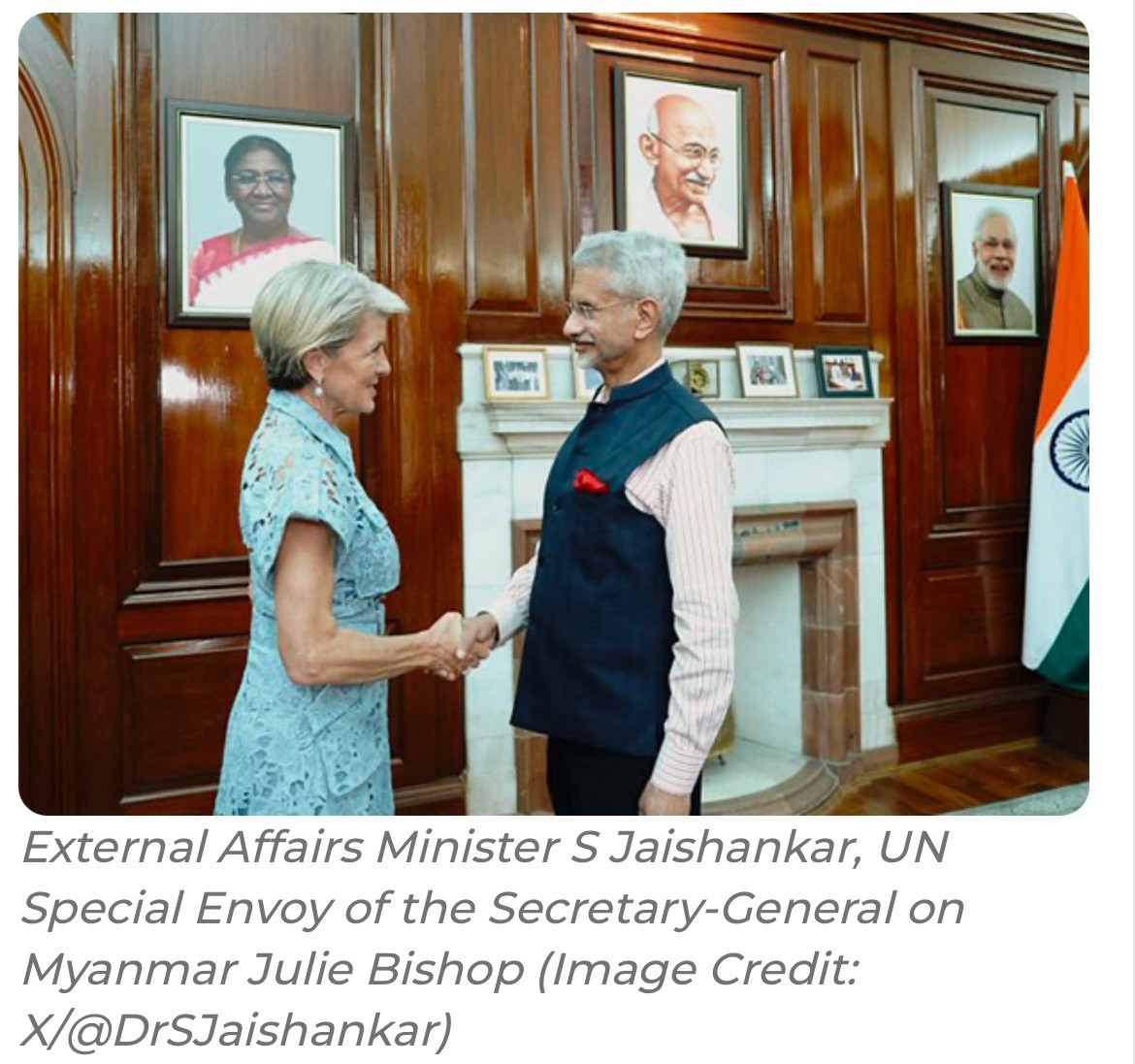 Economy
Economy
Jaishankar, UN Special Envoy on Myanmar Julie Bishop Discuss Stability and, Refugee Situation
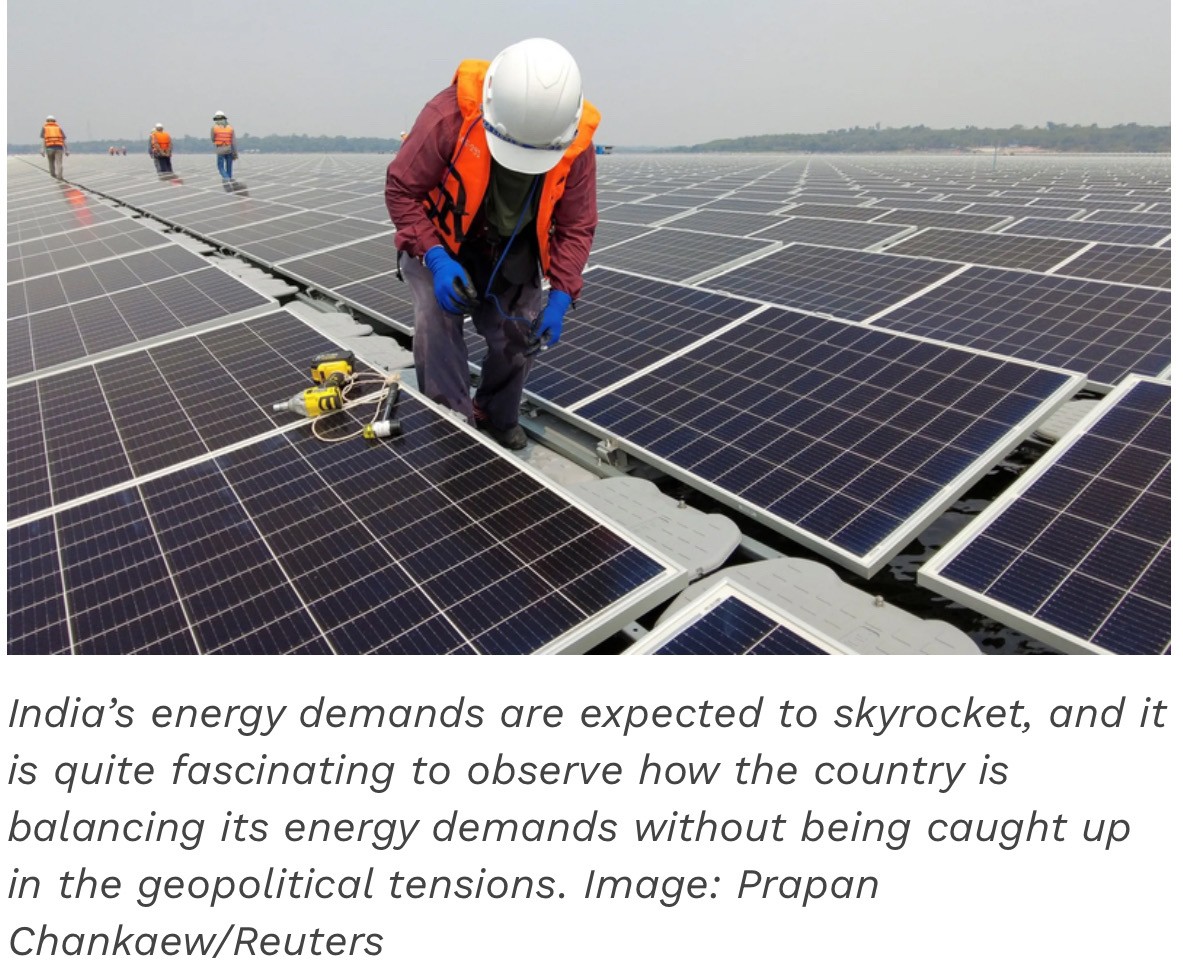 Economy
Economy
A diplomatic energy balance in a contested energy space
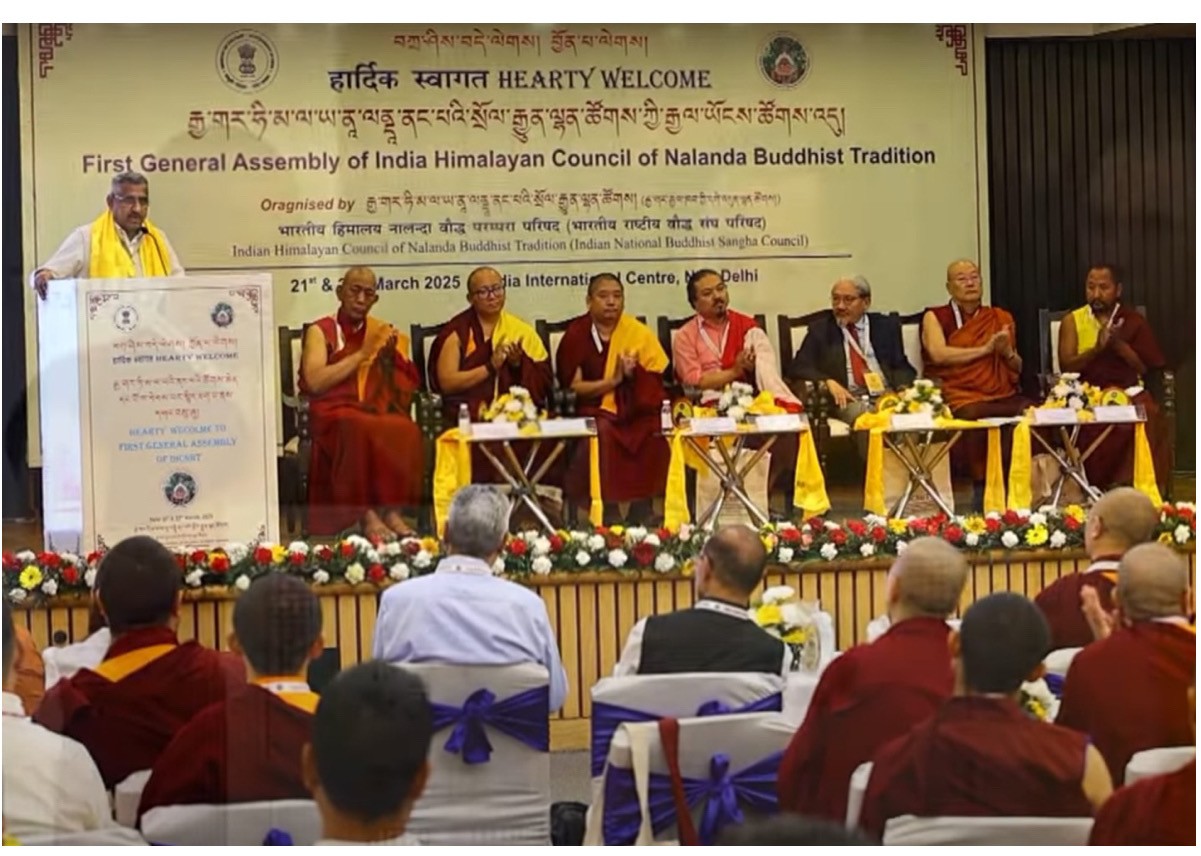 Economy
Economy
Strengthening Nalanda Buddhism: IHCNBT’s Historic First General Assembly
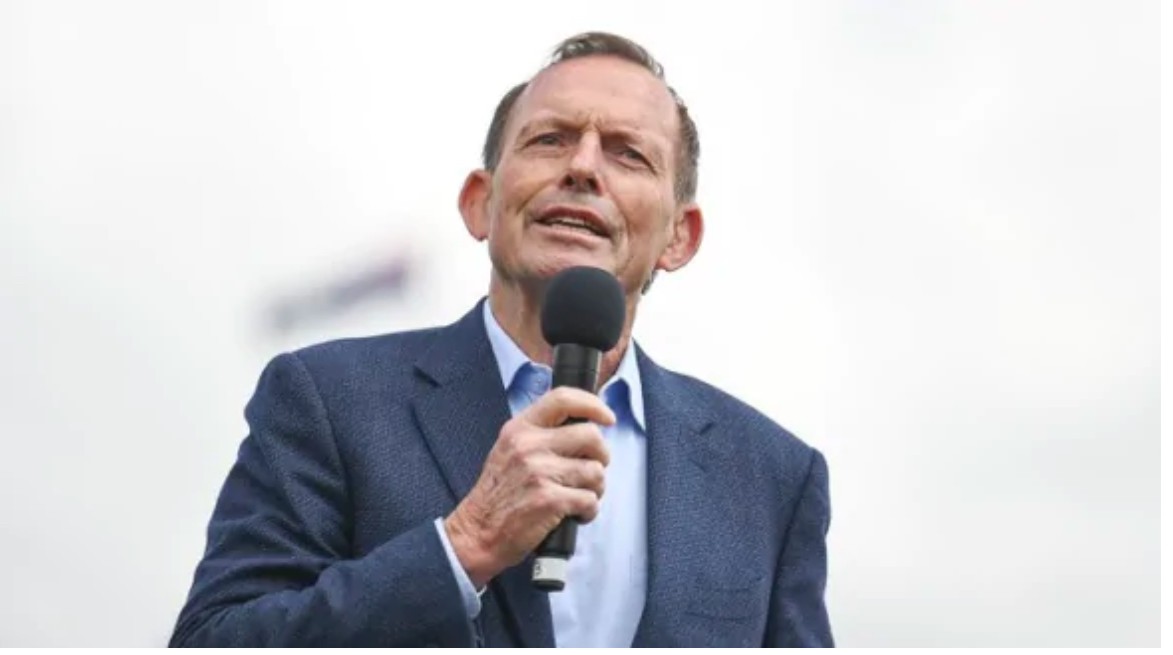 Economy
Economy
Rejecting Khalistan Separatism: Former Australian PM Tony Abbott’s Vision for Indo-Pacific Harmony
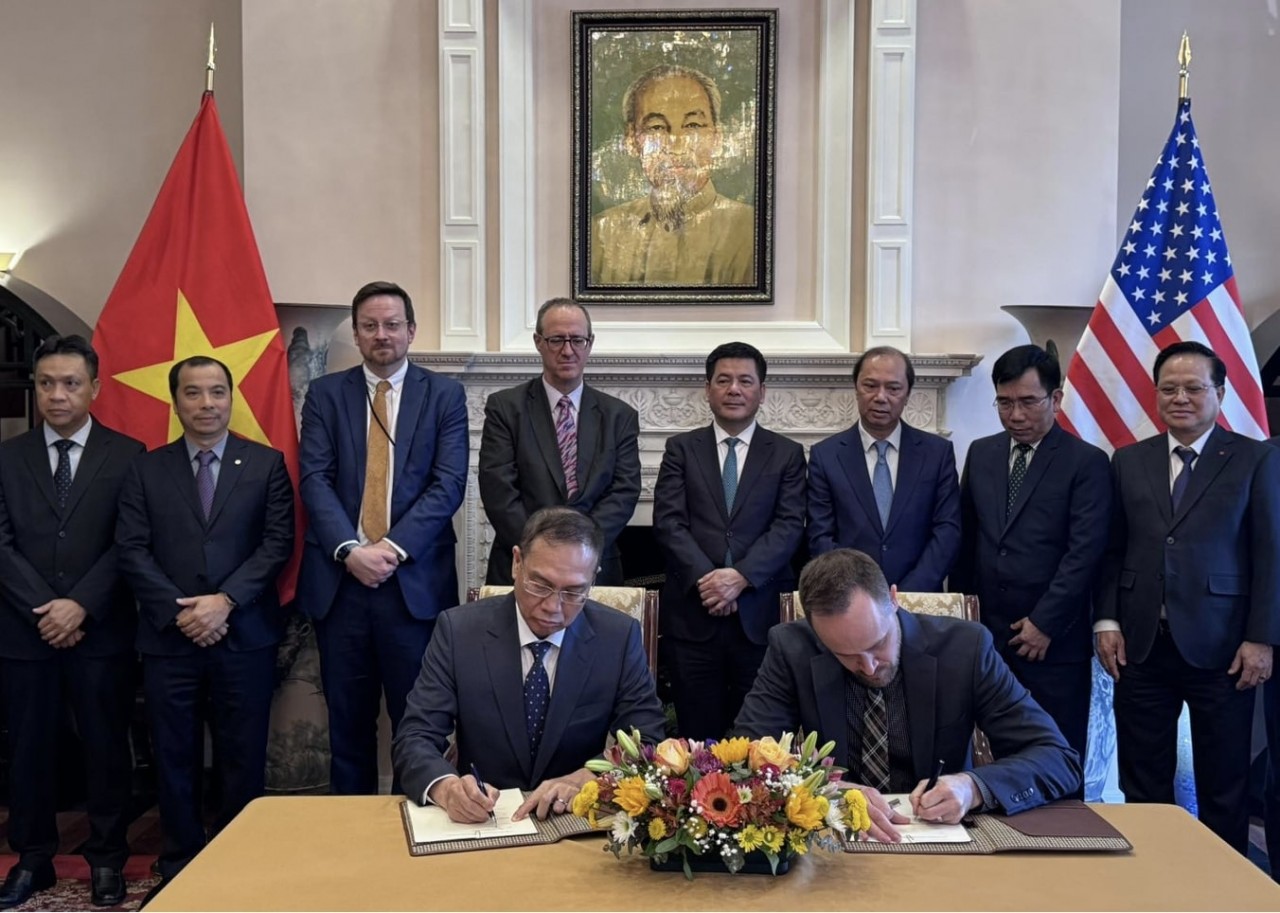 Economy
Economy
